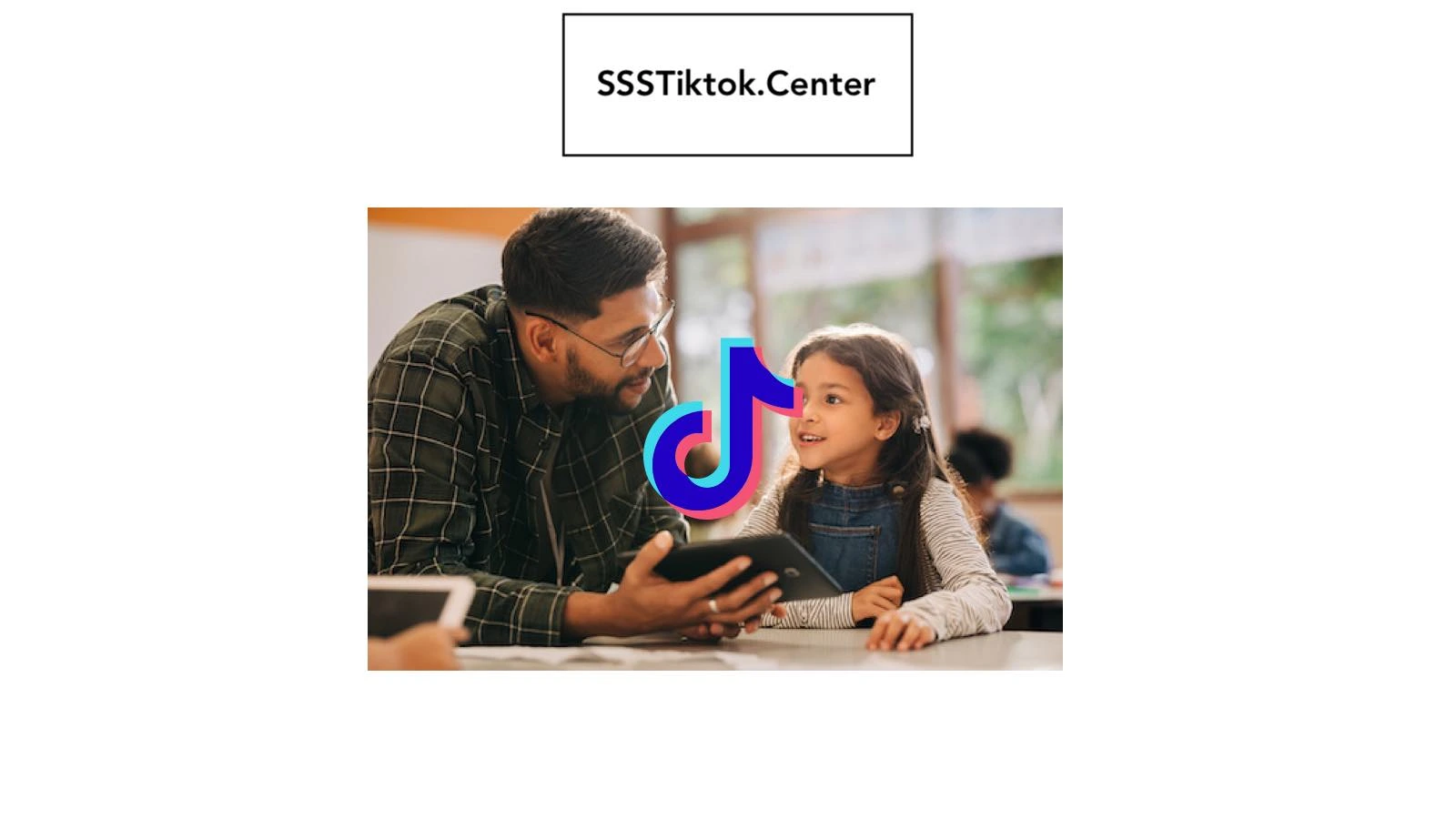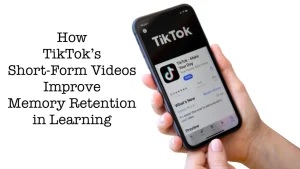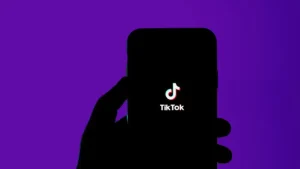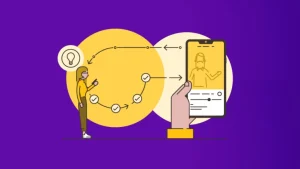educational institutions constantly seek innovative ways to captivate and engage students. With the rise of social media platforms like TikTok, a new frontier for student engagement has emerged. Short videos, often ranging from a few seconds to a minute, have become a powerful tool for educators to capture students’ attention and enhance their learning experiences. However, the impact of TikTok short videos on student engagement is a subject of ongoing study and debate.
The Time of Short-Form Content
Attention spans are continuously decreasing in today’s fast-paced world, making it challenging for traditional teaching methods to resonate with students effectively. Enter TikTok, a platform that thrives on short, snackable content. With its unique format and seamless integration of visuals, audio, and text, TikTok short videos have the potential to captivate students in a way that traditional lectures or textbooks may struggle to achieve.
Enhancing Engagement through Creativity and Relatability
One of the key factors contributing to the impact of TikTok short videos on student engagement is their ability to foster creativity and relatability. By incorporating elements such as humor, relatable scenarios, and popular trends, educators can create content that resonates with students on a personal level. This approach can make even complex topics more approachable and engaging, encouraging students to actively participate in the learning process.
Leveraging Multimedia and Multimodal Learning
TikTok short videos seamlessly integrate various multimedia elements, catering to different learning styles and preferences. Visual learners can benefit from the dynamic visuals, while auditory learners can tune into the accompanying audio. Furthermore, the combination of text, images, and sound creates a multimodal learning experience, reinforcing concepts and enhancing retention.
Promoting Active Learning and Critical Thinking
While TikTok short videos may initially seem like passive consumption, they can be leveraged to promote active learning and critical thinking. Educators can encourage students to analyze and deconstruct the content, fostering discussions and debates around the presented topics. This approach fosters higher-order thinking skills, such as analysis, evaluation, and synthesis, ultimately enhancing the overall learning experience.
Fostering Collaboration and Peer Learning
TikTok short videos can also serve as a catalyst for collaboration and peer learning. Students can create and share their own educational content, fostering a sense of ownership and pride in their work. This collaborative approach not only reinforces learning but also promotes teamwork, communication, and social skills, which are essential for success in both academic and professional settings.
Overcoming Barriers and Bridging Generational Gaps
In an increasingly digital world, many educators face the challenge of bridging generational gaps and connecting with tech-savvy students. TikTok short videos can serve as a powerful tool to overcome these barriers, allowing educators to communicate in a language and format that resonates with modern learners. By embracing this popular platform, educators can establish a common ground and foster deeper engagement and understanding.
Challenges and Considerations
While the potential benefits of TikTok short videos in student engagement are evident, it is crucial to acknowledge and address the potential challenges and considerations. Issues such as content quality, privacy concerns, and the risk of distraction or misinformation must be carefully navigated. Educators and institutions must establish clear guidelines and policies to ensure responsible and ethical use of social media platforms like TikTok in educational settings.
Moreover, it is essential to strike a balance between incorporating TikTok short videos and maintaining a comprehensive and well-rounded curriculum. While these videos can be powerful supplementary tools, they should not replace traditional teaching methods entirely. A holistic approach that integrates various learning resources and strategies is key to fostering well-rounded and adaptable learners.
Conclusion
The impact of TikTok short videos on student engagement is undeniable, presenting both opportunities and challenges. By embracing this medium, educators can tap into a powerful tool that resonates with modern learners and fosters engagement, creativity, and active participation. However, it is crucial to navigate this landscape responsibly, ensuring that educational content remains high-quality, ethically sound, and aligned with broader learning objectives.
As technology continues to evolve, educational institutions must adapt and innovate to remain relevant and effective. Embracing platforms like TikTok and leveraging the power of short-form content can be a game-changer in captivating and inspiring the next generation of learners. By striking the right balance and continuously evaluating the impact of these strategies, educators can unlock new frontiers in student engagement and pave the way for a more dynamic and inclusive learning environment.




